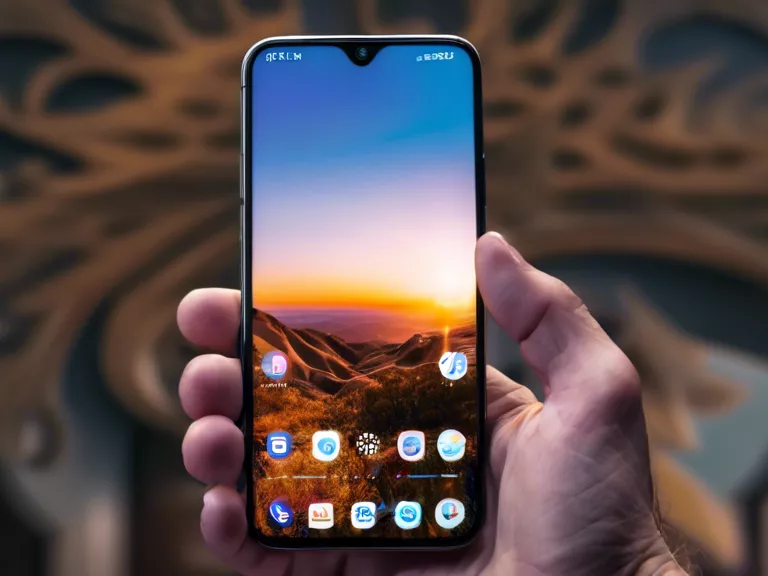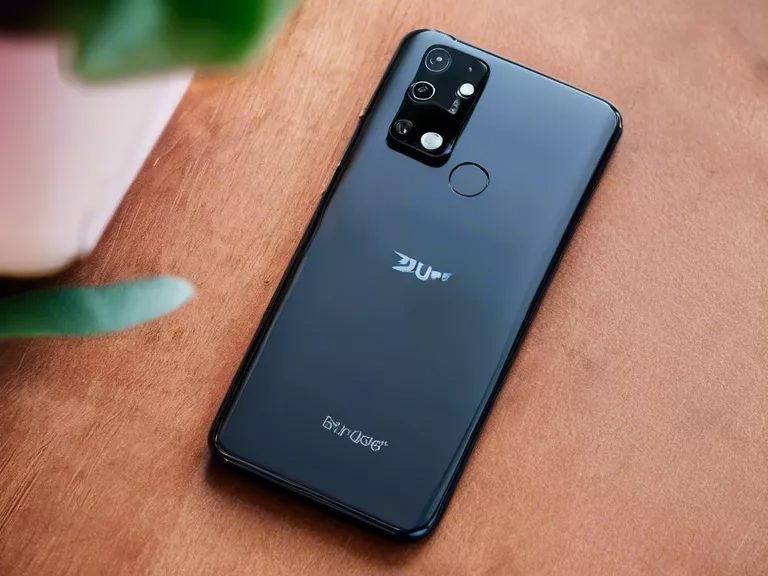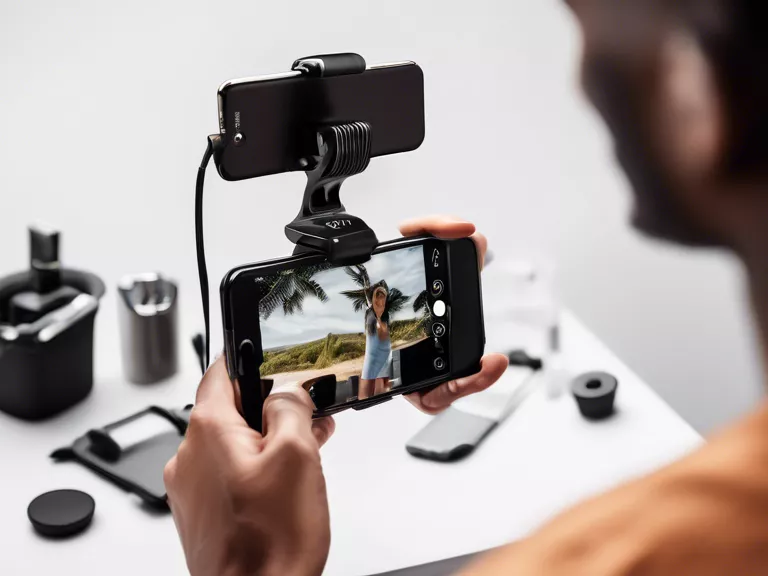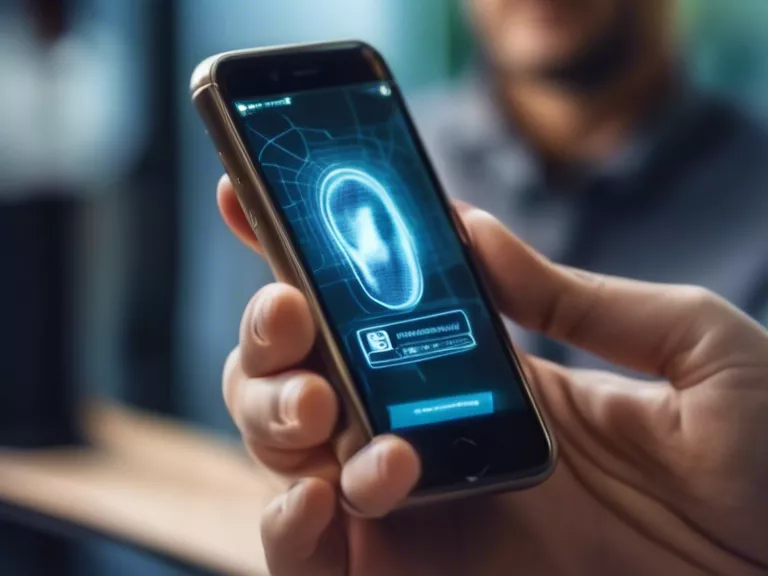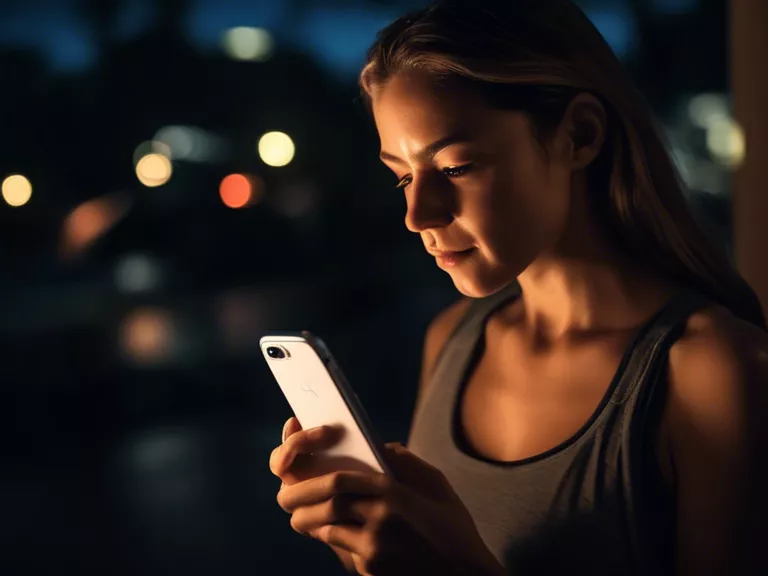
In today's world, smartphones have become our go-to devices for capturing precious moments. However, one common issue that many users face is the challenge of taking clear and sharp photos in low light conditions. Whether you're at a dimly lit restaurant or trying to capture a stunning sunset, here are some tips to help you maximize the performance of your smartphone's camera in low light.
Use the Night Mode feature: Many smartphones today come equipped with a Night Mode feature that is specifically designed to enhance photos taken in low light. This feature increases the exposure time, allowing more light to enter the camera sensor and resulting in brighter and clearer photos.
Adjust the ISO settings: ISO controls the sensitivity of the camera sensor to light. In low light conditions, try increasing the ISO to make the camera more sensitive to light. However, be mindful of increasing it too much as it can introduce noise in your photos.
Keep your hands steady: To avoid blurry photos in low light, make sure to keep your hands as steady as possible while taking a photo. Consider using a tripod or a solid surface to stabilize your phone for better results.
Utilize the camera's flash: While the built-in flash on smartphones may not always produce the most flattering results, it can still be useful in adding extra light to your photos in dimly lit environments. Experiment with the flash settings to find the right balance.
Edit your photos: If your photos still come out a bit dark or noisy, don't hesitate to use photo editing apps to enhance the brightness and reduce noise. Apps like Adobe Lightroom or Snapseed offer a wide range of editing tools to help improve the quality of your low light photos.
By following these tips, you can make the most out of your smartphone's camera in low light conditions and capture stunning images even when the lighting is less than ideal.
